
This post was originally published in 2012, but at that time, the actual footage of Frank Zappa jamming with Pink Floyd had yet to materialize. That changed with the release of the mammoth Pink Floyd box set, The Early Years.
“The Actuel Rock Festival,” sponsored by the fashionable Parisian youth culture magazine Actuel (along with the BYG record label) was to be the first ever major rock festival in France, and was heralded as Europe’s answer to Woodstock. French authorities, still smarting from the riots of May 1968, forbade it and the festival, which was originally going to take place in or near Paris, was held just a few miles beyond the French border, in Amougies, Belgium.
The festival took place over the course of five freezing cold days in late October (24-27) of 1969. The audience numbered between 15-20,000 people who were treated with performances by Pink Floyd, Ten Years After, Colosseum, Aynsley Dunbar (this is allegedly where Zappa met his future drummer), former Yardbird Keith Relf’s new group Renaissance, blues legend Alexis Korner, Don Cherry, The Nice, Caravan, Blossom Toes, Archie Shepp, Yes, The Pretty Things, Pharoah Sanders, The Soft Machine, Captain Beefheart and many more.
From the notes of the 1969 The Amougies Tapes Zappa bootleg:
Frank Zappa was present at the festival in a twofold capacity. First, as Captain Beefheart’s road manager; secondly, as M.C., assisting Pierre Lattes, a famous radio/TV presenter at the time (and the pop music editor for Actuel magazine). The latter task proved problematic given Zappa’s limited French, the prevailing language among the audience, who themselves didn’t seem to understand much English. Instead, Zappa relinquished his M.C. job for one of occasional guest guitarist. He plays with almost everybody, especially with Pink Floyd, Blossom Toes, Archie Shepp and Aynsley Dunbar, a fabulous drummer he will hire shortly thereafter. He introduces his friend Captain Beefheart and provides a powerful stimulant to all the other musicians. Most legendary, of course, is Frank Zappa’s jam with Pink Floyd on a very extended “Interstellar Overdrive”. The festival was filmed by Jerome Laperrousaz, and the film was to be called MUSIC POWER. Due to objections from various bands (most notably Pink Floyd) whose permission hadn’t been properly secured, the film was never officially released.”
Simpsons creator Matt Groening asked Zappa about the festival in a 1992 interview, but oddly he doesn’t even mention sitting in with Pink Floyd:
Frank Zappa: I was supposed to be MC for the first big rock festival in France, at a time when the French government was very right-wing, and they didn’t want to have large-scale rock and roll in the country. and so at the last minute, this festival was moved from France to Belgium, right across the border, into a turnip field. They constructed a tent, which was held up by these enormous girders. They had 15,000 people in a big circus tent. This was in November, I think. The weather was really not very nice. It’s cold, and it’s damp, and it was in the middle of a turnip field. I mean mondo turnips. And all the acts, and all the people who wished to see these acts, were urged to find this location in the turnip field, and show up for this festival. And they’d hired me to be the MC and also to bring over Captain Beefheart. It was his first appearance over there. and it was a nightmare, because nobody could speak English, and I couldn’t speak French, or anything else for that matter, so my function was really rather limited. I felt a little bit like Linda McCartney. I’d stand there and go wave, wave, wave. I sat in with a few of the groups during the three days of the festival, but it was so miserable because all these European hippies had brought their sleeping bags, and they had the bags laid out on the ground in this tent, and they basically froze and slept through the entire festival, which went on 24 hours a day, around the clock. One of the highlights of the event was the Art Ensemble of Chicago, which went on at 5:00 a.m. to an audience of slumbering euro-hippies.
More (including video footage) after the jump…
Posted by Richard Metzger
|
03.01.2017
08:43 am
|







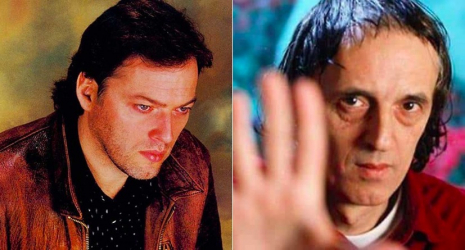

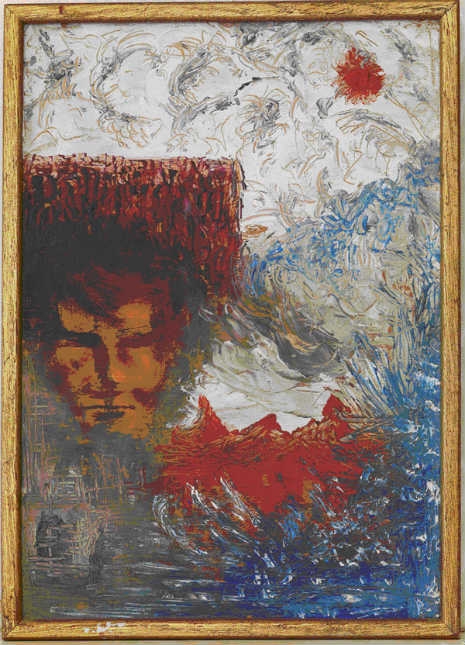
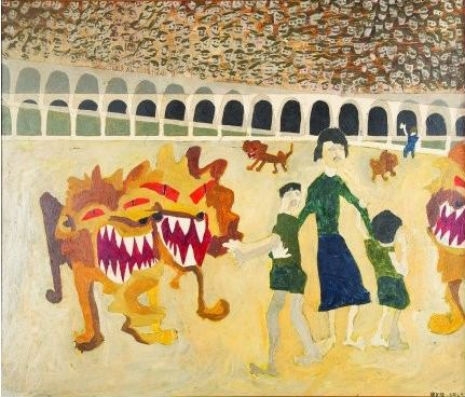


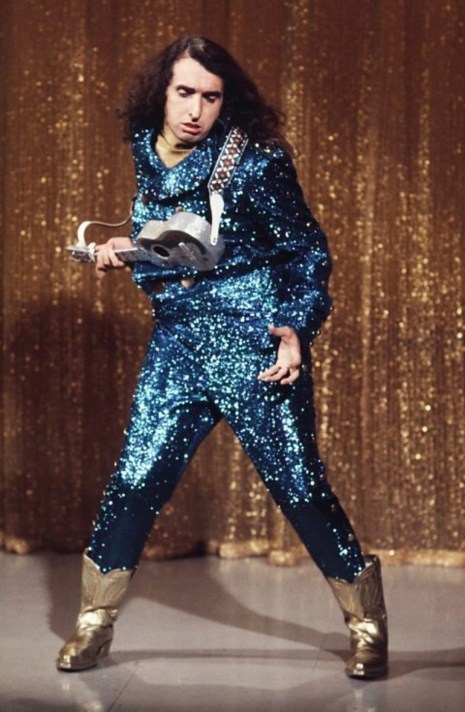

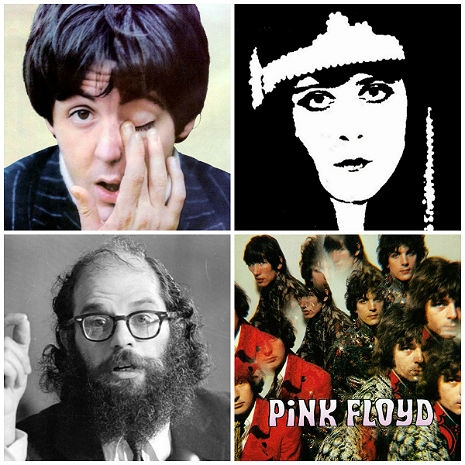
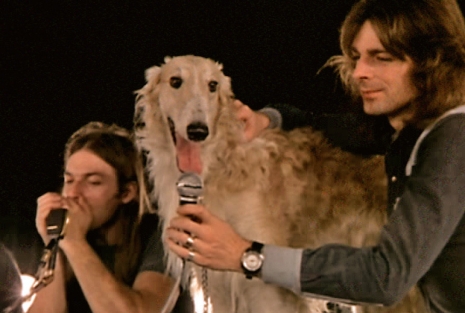

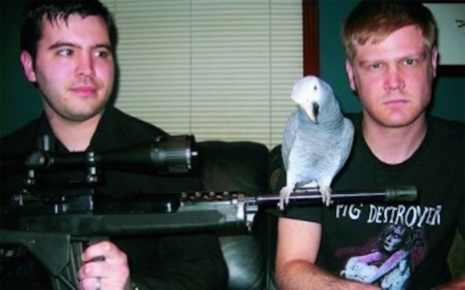



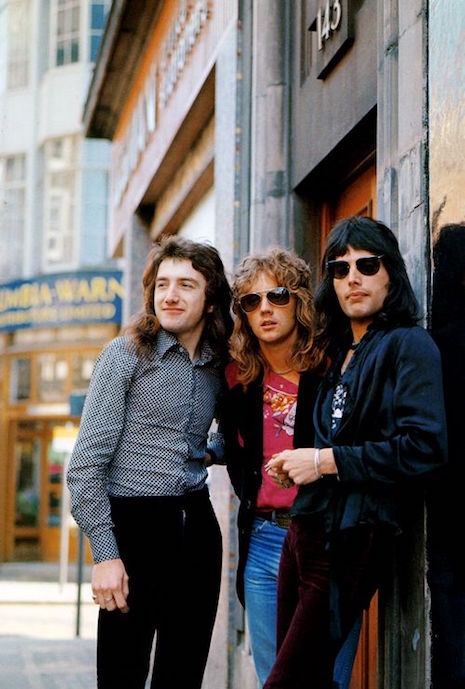
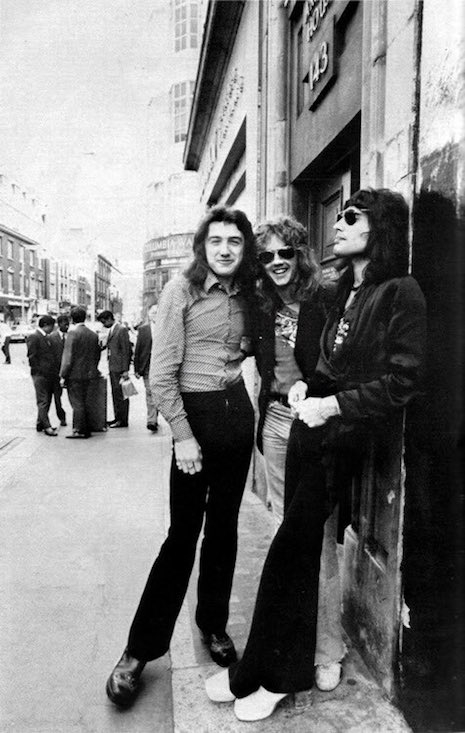

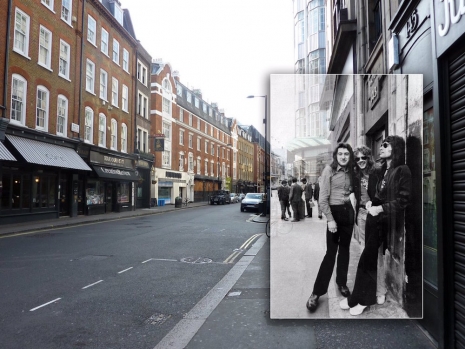

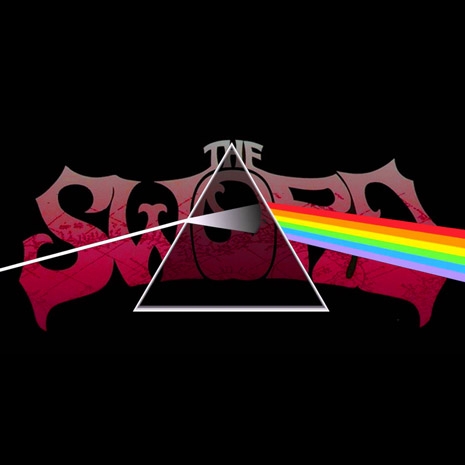
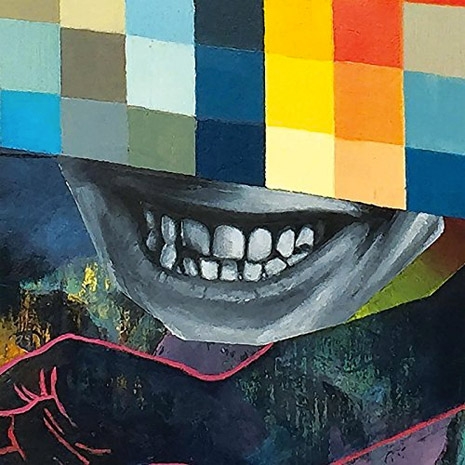

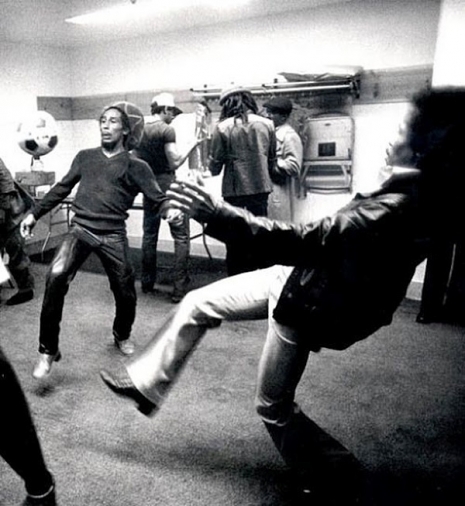


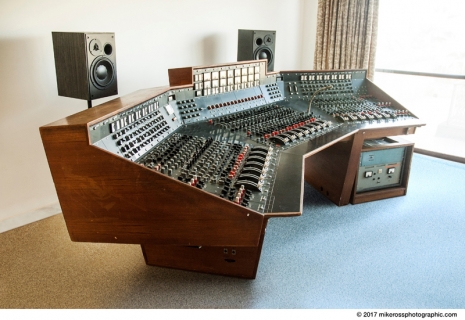

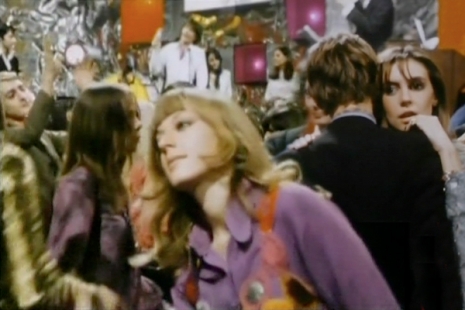
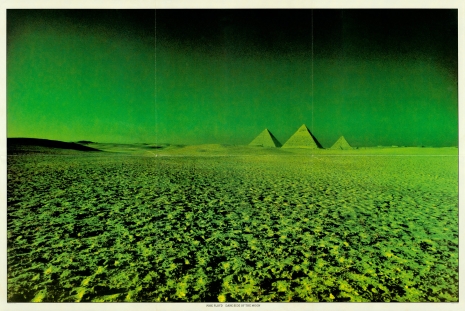
_465_465_int.jpg)